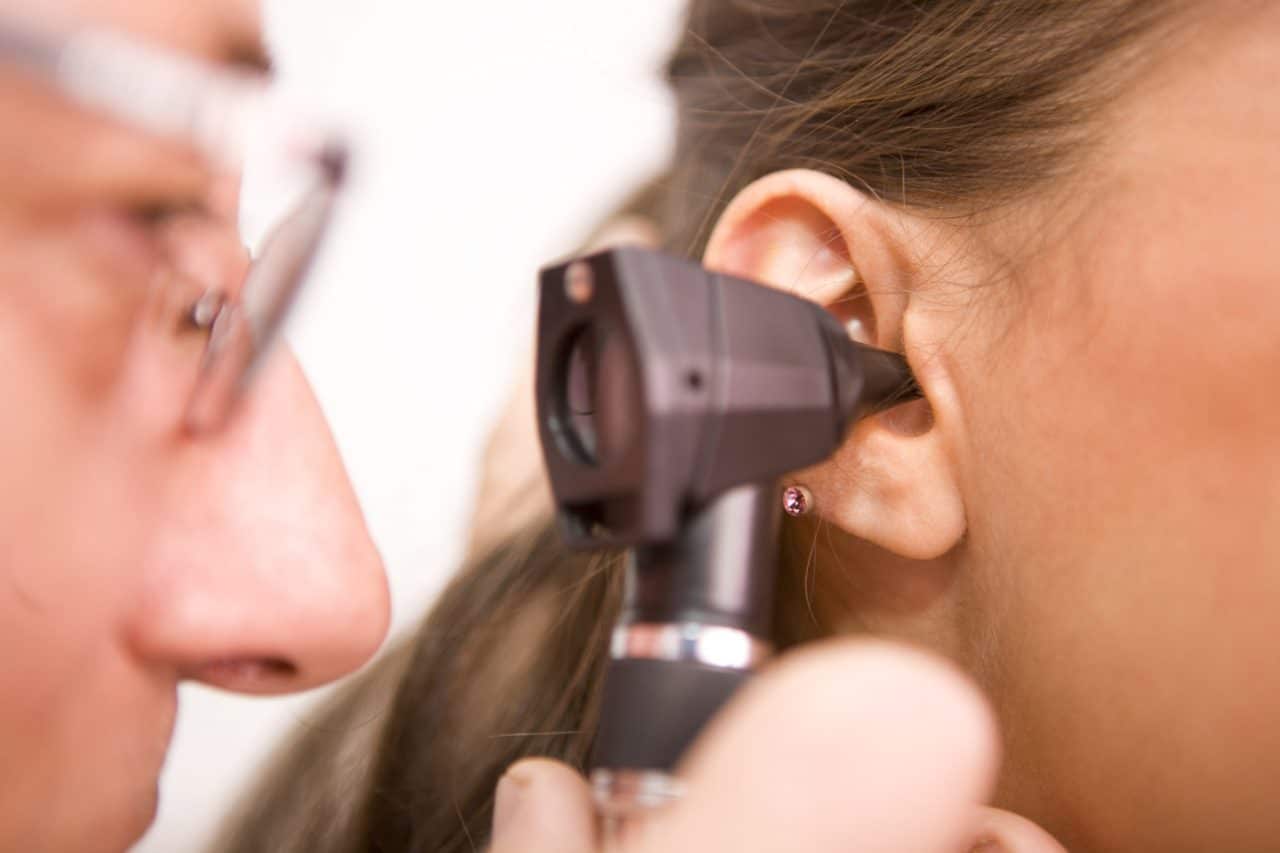Otitis Media (Middle Ear Infection) and Tubes
A middle ear infection is one of the most common reasons for a child to visit a doctor. Roughly 75% of all children experience at least one during their life. The underlying reason for this is that the Eustachian tube that drains the middle ear and equalizes the middle ear pressure isn’t fully developed until you are 3-5 years old. Most of these ear infections can resolve on their own. Antibiotics can help shorten the duration and help with symptoms. Adults can also get ear infections if their Eustachian tubes aren’t working well.
How Does the Procedure Work?
A myringotomy (making an incision in the ear drum) with placement of a tube is a simple procedure that bypasses the natural Eustachian tube. This allows air pressure to equalize in the middle ear and allows any future infection a way to drain out. It also helps the hearing since the fluid is removed at the time the tube is placed. This procedure is recommended for children with frequent ear infections or for fluid from a previous infection that doesn’t clear over time. In adults, this procedure can usually be done in the office with a local anesthetic. In children, tubes are placed under anesthesia in an operating room. Having a tube in the ear can greatly reduce, if not eliminate, the number of infections as well as the symptoms from them.
Ear Tube Types and Removal
There are 2 main types of tubes used. Some are designed to fall out on their own after 6-24 months and the other is more permanent (usually used if multiple sets of tubes have been needed). Once the tube falls out, 95% of the time the hole in the ear drum closes up on its own. In 85% of children, one set of tubes is sufficient to allow time for the Eustachian tube to mature.
If you happen to get an ear infection while tubes are in place, drainage from the ear is the most common symptom. Antibiotic ear drops are the main treatment at this point. It provides a higher concentration of medicine into the ear and reduces the chance that a tube might become occluded by dried secretions. Ideally, you shouldn’t need oral antibiotics if you have tubes in place.
Otitis Externa (Swimmer’s Ear)
Otitis Externa is an infection of the skin of the ear canal, outside of the ear drum. There are 2 types of infections that can cause this. One is bacterial, also called swimmer’s ear. Symptoms from this include drainage from the ear, external ear pain, decreased hearing, and swelling of the ear canal. If the ear canal is obstructed, it may need to be cleaned out to allow the antibiotic ear drops to get into the ear canal. If swelling has completely blocked the ear canal, a small sponge may be placed in the ear canal to prop the canal open. The sponge soaks up the drops and helps deliver them deeper into the ear. In rare cases, ear canal infections can spread and cause swelling of the face and difficulty or pain with chewing. In this case, oral antibiotics may be needed in addition to drops.
Fungal Infection
The second type of ear canal infection is fungal. Symptoms from this type are usually less severe and include drainage, muffled hearing, and ear itching. Treatment for fungal otitis externa typically requires cleaning the ear under a microscope and use an antifungal drops.
Both types of Otitis Externa are more common in the summer months. You don’t have to be a swimmer to get this. Bacteria and fungus love warm, dark, damp places. Any additional trauma to the ear, like using Q-tips, can cause little scratches in the skin that can allow infection to enter. To see our other ear services, click here.
Call Midwest ENT Centre at (636) 441-3100 for more information or to schedule an appointment.
